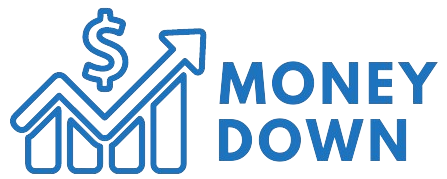Uber CEO Dara Khosrowshahi speaks on CNBC’s Squawk Box on the World Economic Forum’s annual meeting in Davos, Switzerland, January 17, 2024.
Adam Galici | CNBC
Above reported First quarter results On Wednesday, that was barely above analysts’ revenue estimates, however the ride-hailing company posted an unexpected net loss.
Shares fell greater than 6% in premarket trading on Wednesday.
This is how the corporate did it:
- Loss per share: 32 cents. That may not compare to LSEG’s expected earnings of 23 cents
- Revenue: $10.13 billion versus LSEG’s expected $10.11 billion
Uber’s first-quarter revenue rose 15% from $8.82 billion a 12 months earlier. According to StreetAccount, the corporate reported gross bookings of $37.65 billion for the period, lower than the $37.93 billion expected by analysts.
The company’s net loss widened to $654 million, or a lack of 32 cents per share, compared with a lack of $157 million, or a lack of 8 cents per share, within the year-ago quarter. Uber said its net loss included a net headwind of $721 million from unrealized losses related to the revaluation of its equity investments.
In an interview with CNBC’s “Squawk Box” on Wednesday, Uber CEO Dara Khosrowshahi said the corporate’s losses had “nothing to do with operations.”
“We had to devalue the shares of stock that resulted in a loss,” he said. “We do not assume that this will remain the case in the future.”
However, Uber cannot predict the markets, Khosrowshahi added.
Uber reported adjusted EBITDA of $1.38 billion, up 82% from a 12 months ago and barely above the $1.31 billion expected by analysts polled by StreetAccount.
For the second quarter, Uber expects gross bookings to be between $38.75 billion and $40.25 billion, compared with StreetAccount estimates of $40 billion. Uber expects adjusted EBITDA of $1.45 billion to $1.53 billion, compared with analysts’ expectations of $1.49 billion.
Uber’s monthly energetic platform customers reached 149 million in the primary quarter, up 15% from 130 million last 12 months. During the reporting period, 2.6 billion rides were accomplished on the platform, 21% greater than the previous 12 months.
“Demand for Uber remains robust across our platform, supported by our enhanced marketplace experience, the continued shift in consumer spending from goods to services, and the secular trend toward on-demand transportation and delivery,” Khosrowshahi said in prepared remarks on Wednesday.
This is how Uber’s largest business areas developed:
Mobility (gross bookings): $18.67 billion, up 25% year-on-year.
Delivery (gross bookings): $17.7 billion, up 18% 12 months over 12 months.
Uber’s mobility segment reported revenue of $5.63 billion, up 30% 12 months over 12 months and a pair of% quarter over quarter. StreetAccount analysts had expected $5.52 billion. Uber said “business model changes” negatively impacted its mobility revenue margin by 180 basis points in the course of the period.
“To drive user growth and capture more of their daily trips, we are focused on increasing our penetration of core use cases while expanding into new consumer segments,” Khosrowshahi said in his prepared remarks.
The company’s delivery segment reported revenue of $3.21 billion, up 4% 12 months over 12 months and three% quarter over quarter. Analysts expected $3.28 billion, in keeping with StreetAccount. Uber said its delivery revenue margin was negatively impacted by 230 basis points in the primary quarter as a result of “business model changes.”
The company’s freight business reported revenue of $1.28 billion within the quarter, down 8% year-over-year and flat quarter-over-quarter.
Uber will hold its quarterly conference call with investors at 8:00 a.m. ET.

